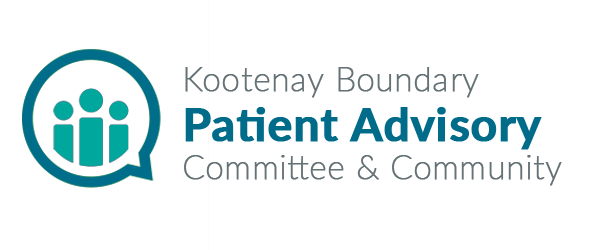This year, PACC is honored to partner with five third-year Selkirk College Rural Pre-Medicine students on an important community engagement project. Adrianna Froese, Tatum Clement, Abina Thomas, Kaden Johnson, and Seth Stewart are diving into the challenges and opportunities of rural healthcare in the Kootenay Boundary. Through exploring the lived experiences of local physicians and nurse practitioners, the students hope to shed light on ways to strengthen retention and recruitment in our region.
Contributor: Mindy Smith, PACC Member
This year PACC is again privileged to partner with five third-year Selkirk Rural Pre-Med students on their community engagement project. The students are Adrianna Froese, Tatum Clement, Abina Thomas, Kaden Johnson and Seth Stewart. They are interested in exploring what rural practice is like for primary care physicians and nurse practitioners in the Kootenay Boundary (KB) and where opportunities might be for increased retention of current primary care providers and recruitment of new clinicians.
Based on their background research, the students noted that finding and keeping medical professionals is crucial to addressing healthcare disparities in rural areas like the KB. Access to high-quality healthcare is severely limited by physician and nurse practitioner shortages in rural and remote regions. Their research revealed that difficulties faced by rural practitioners include heavy workloads, professional isolation, and scarce resources while some of the advantages of rural practice are opportunities for a wider range of practice and community connections (Miedema et al., 2019; Bourque et. al., 2020). To increase recruitment and retention rates and improve health outcomes, it is crucial to further explore rural healthcare’s advantages for providers while addressing its drawbacks.
Through interviews with local clinicians, the group hopes to learn about the influences and obstacles associated with rural practice. Exploring what clinicians appreciate about working in rural settings can facilitate growth within the sectors of work and home life. This research is significant because it can help identify what is working well and what could be improved to enhance the unique qualities associated with working in the KB to help retain clinicians. In addition, understanding some of the positive facets of rural practice could help in recruitment of new clinicians considering their future practice location.
The students will be working on their research proposal and submission for research ethics board approval over the next few months. Interviews, data analysis and reporting are expected by early spring of 2025.
Citations:
Miedema, B., Hamilton, R., & Fortin, G. (2019). The challenges and rewards of rural family practice in New Brunswick, Canada: Lessons for retention. Canadian Journal of Rural Medicine, 24(3), 133-140. https://pubmed.ncbi.nlm.nih.gov/19496642/
Bourque, H., Gunn, K., & MacLeod, M. (2020). A pathway for implementing the nurse practitioner workforce in a rural and remote health region. Nursing Leadership, 33(2), 44–53. https://doi.org/10.12927/cjnl.2020.26238


